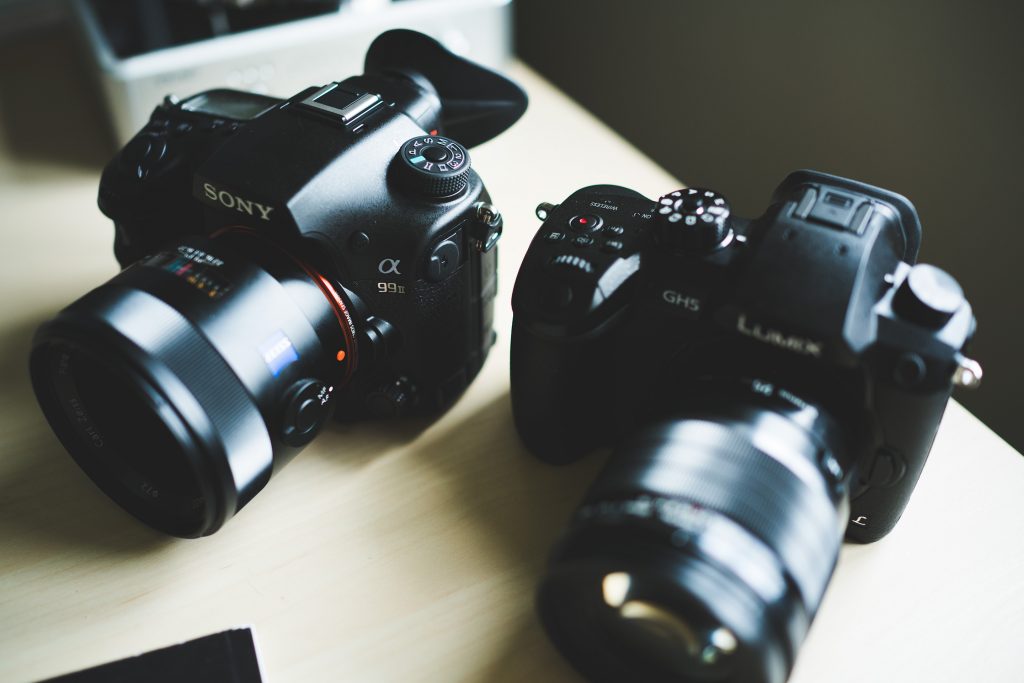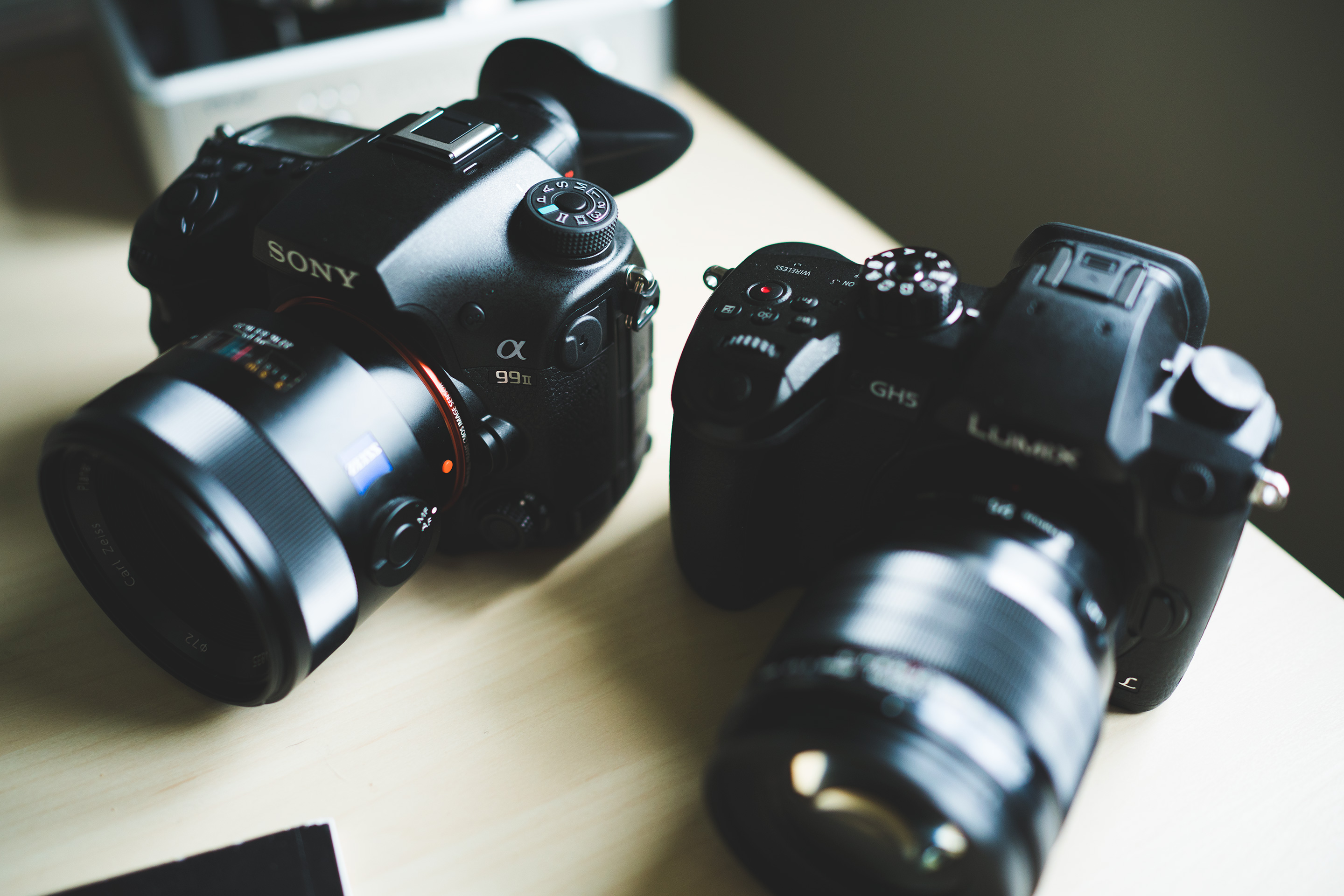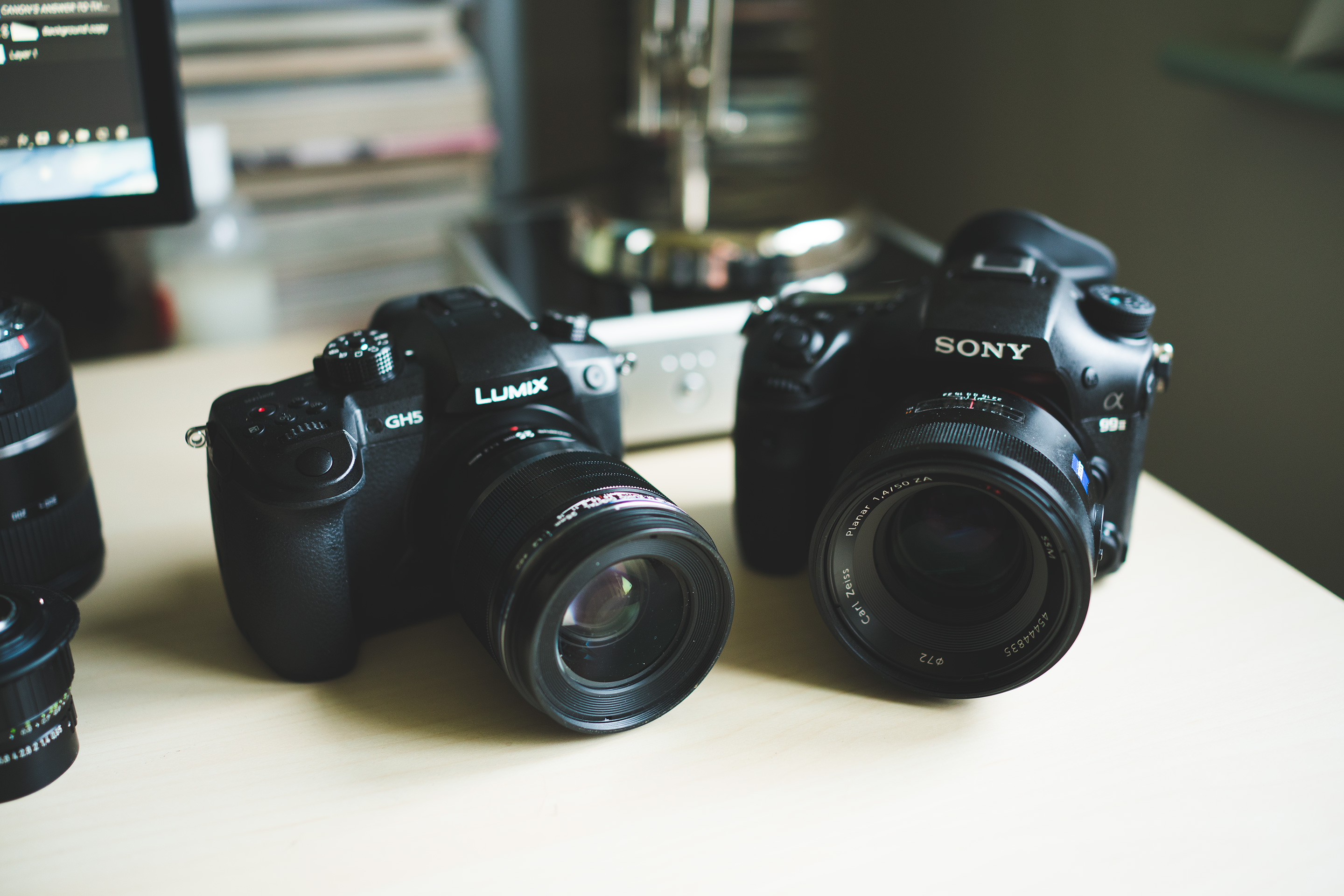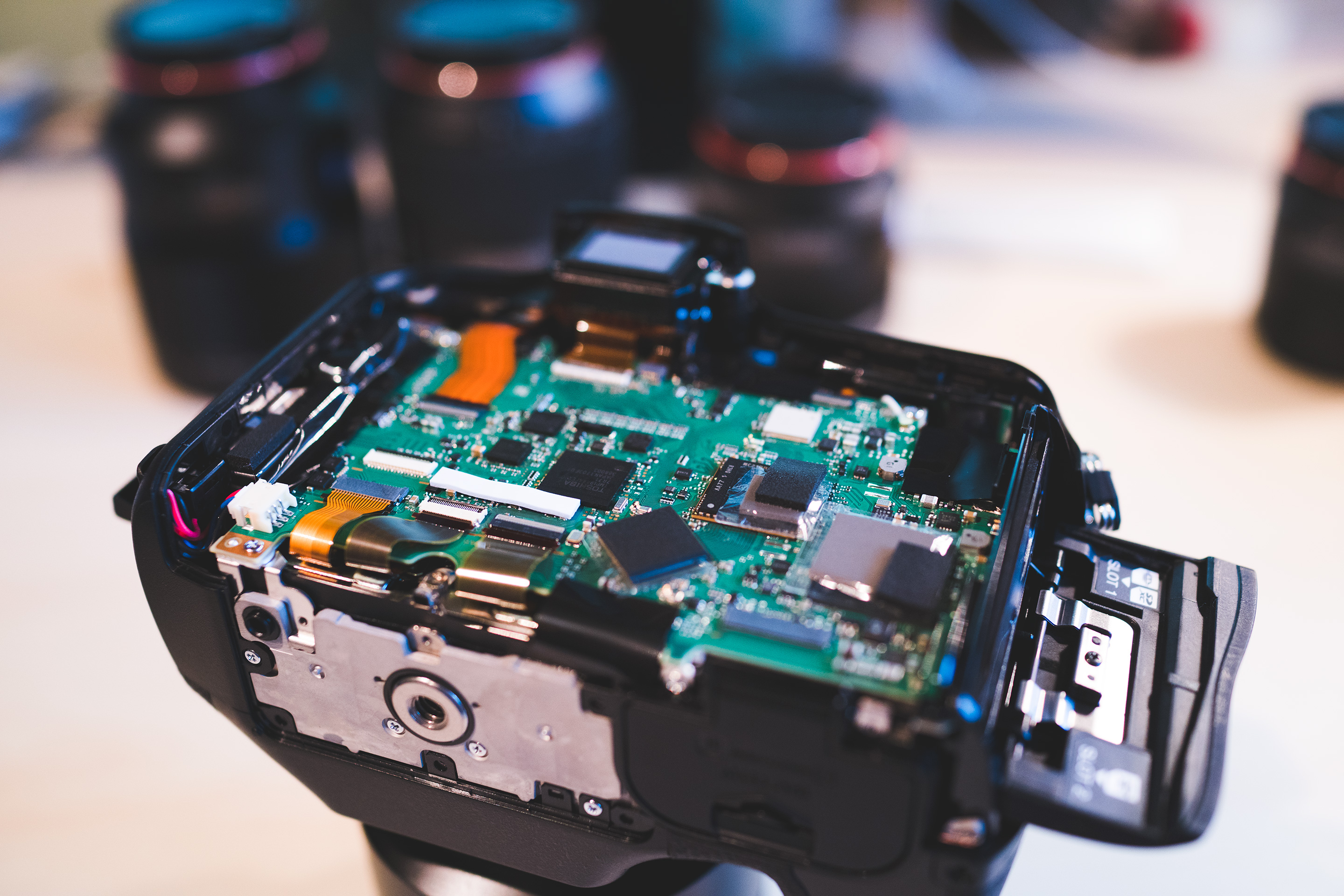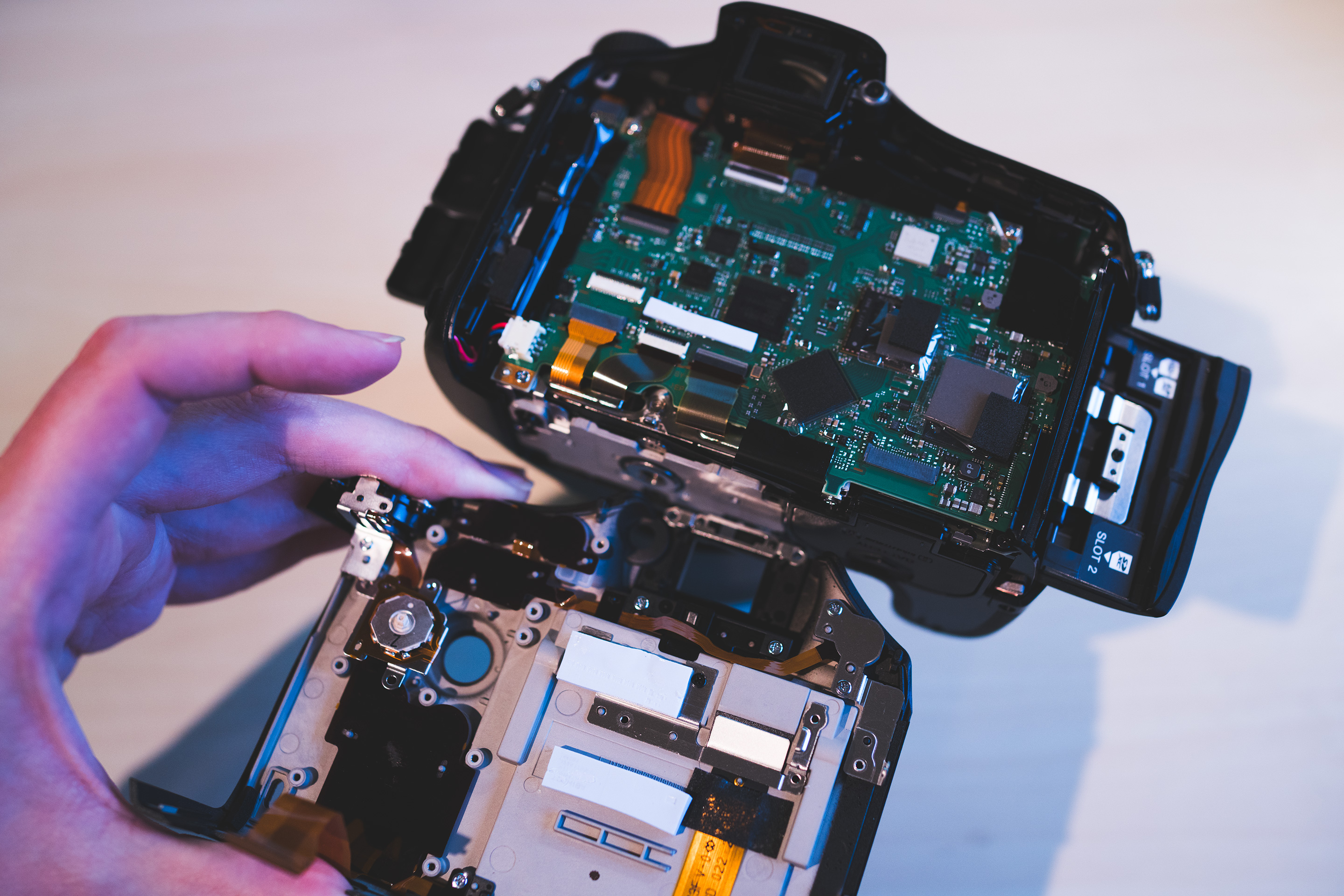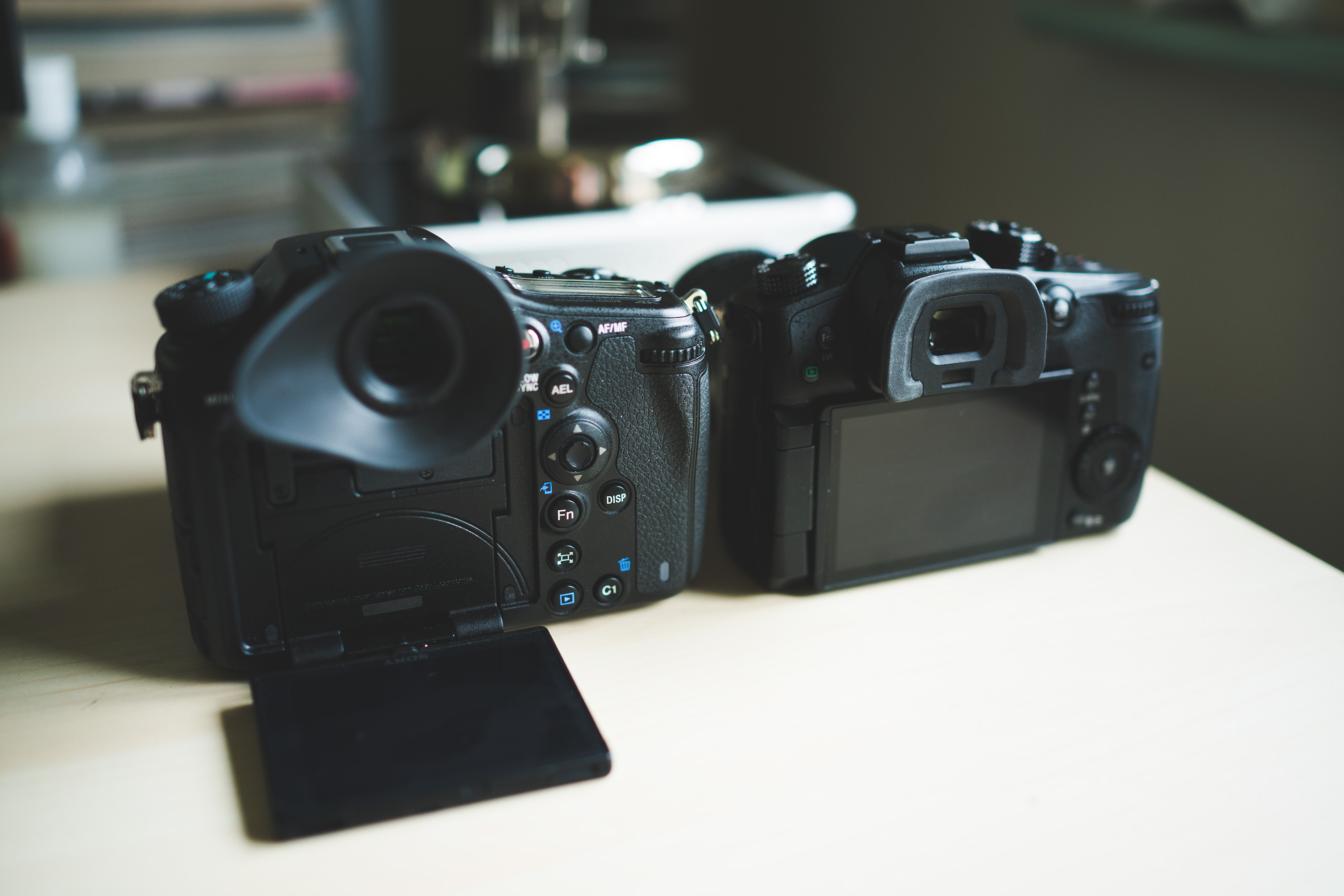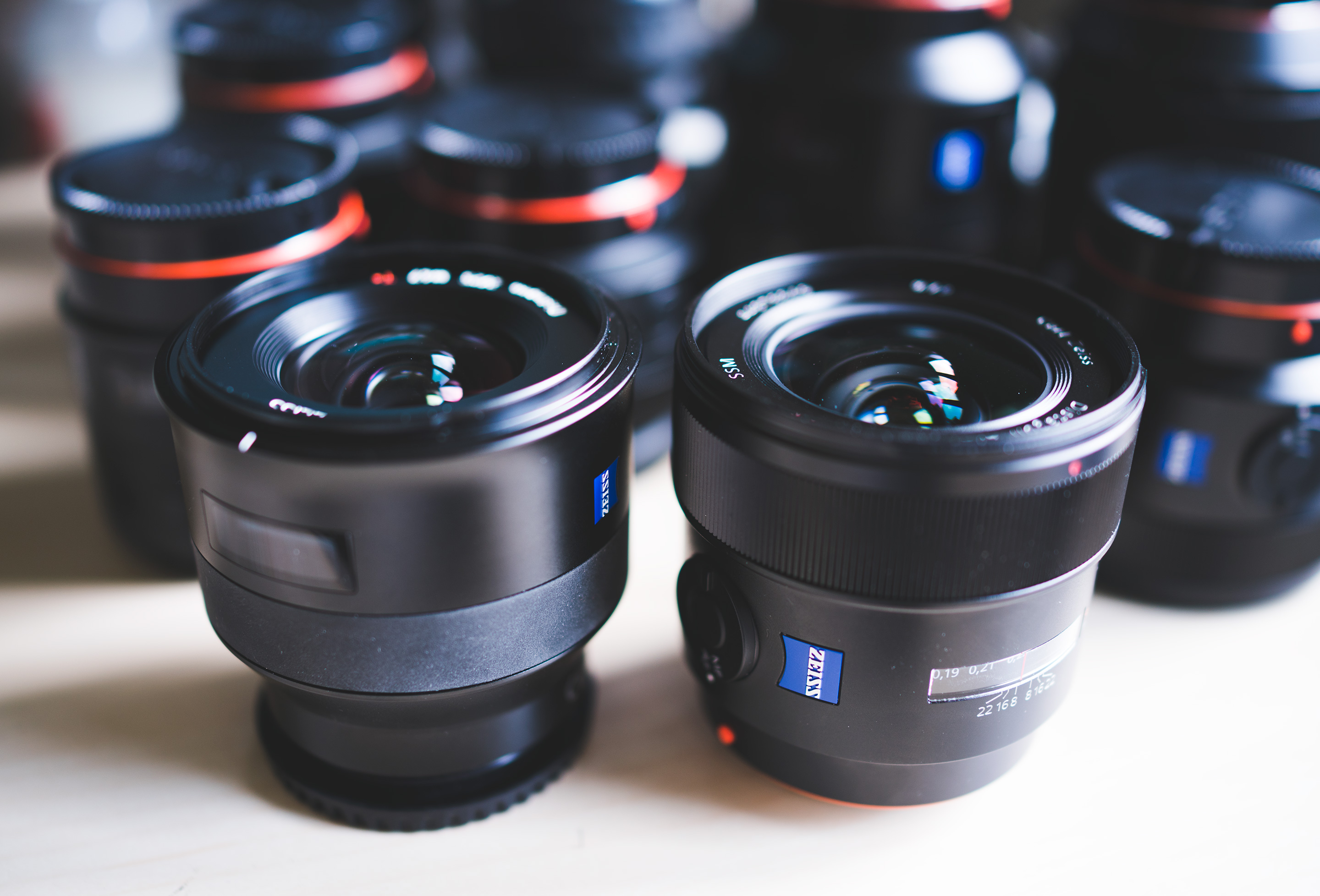
Panasonic GH5 competition? Bring it on…
A99 II BRINGS BENEFITS OVER SONY A7, A9 CAMERAS AND CANON
I have decided to spend a week getting to know the A99 II, as a potential replacement for my 1D X Mark II and Canon L series range of lenses.
Sony do hybrid video and stills in one body better than Canon in every way with the exception of Dual Pixel AF – with this around I don’t see a future for Sony SLT technology. I think the next A-mount camera (if their is one) should have a Dual Pixel AF CMOS.
But this is now, and the SLT system is very interesting for video. It opens up opportunities with certain lenses. The Sony 16-50mm F2.8 SSM is a demon autofocus run & gun tool for 4K video on the A99 II, the most complete performance I’ve witnessed.
The A99 II is 42MP vs 20MP on the 1D X II, a considerable resolution advantage, with a solid edge for dynamic range as well. With EOSHD Pro Color the out-of-box JPEG and video colour weaknesses vs Canon are practically eliminated.
The codec of the A99 II for 4K makes for 5x smaller file sizes than MJPEG on the 1D X II.
THE FULL FRAME 1080/120P IS FLAWLESS
The A99 II shoots flawless 120fps 1080p with no crop and it is of the same quality as the 1080/24p, which is already very good to begin with. All this from a 42MP sensor.
This is made possible by the new LSI, a speedier chipset that takes a 2K RAW feed from the sensor at 120fps, before compressing it to continuous 100Mbit X-AVCS – like on the RX100 V – but full frame.
The A7R II may have a similar 42MP sensor but it cannot do this.
There’s not really any meaningful level of moire and aliasing in this mode and it’s crisply detailed 1080p, which is not the case with the 1D X Mark II 120fps.
So if you are prioritising 1080/120p and the full frame look… There’s literally nothing better.
SHOWDOWN WITH THE PANASONIC GH5
The Panasonic GH5 is a truly mighty camera for video. Even so, Sony makes a case against the GH5 by offering a full frame sensor at the same time as maintaining some benefits of a smaller CMOS, such as minimal rolling shutter in 4K, very fast readout speeds, high continuous burst rates and a compact body.
In fact the A99 II is barely any larger than the GH5.
Above: GH5 pictured with the Olympus 25mm F1.2 Micro Four Thirds lens (£1200 new) and A99 II with the Zeiss 50mm F1.4 ZA SSM (£650 used)
The same can’t quite be said of the lenses.
That said, I mainly use full frame glass on the GH5 with Speed Booster anyway!
Like the A7 cameras, the A99 II packs 5 axis stabilisation in-body which works with any lens, although not to the same degree of steadiness provided by the GH5 or Olympus E-M1 II.
Unlike the Minolta-era Sony DSLRs, the A99 II has an EVF and is very much a ‘mirrorless’ camera in the DSLR mould (think Samsung NX1). It just has the translucent mirror in place behind the A-mount, and it doesn’t move.
This provides arguably the finest Sony autofocus performance yet seen in daylight. I have not tried the A9 but many reports suggest the A99 II has the edge. Where it falls down is in low light. A Nikon D5 will have it for breakfast there.
In video mode the AF advantages become apparent over the competition, especially the GH5.
But before we come to that, I want to talk about Sony’s relationship with common sense…
QUIRKS
On a Canon body, the great thing about shooting stills and video is that you can do both in the same mode on the dial, simply by hitting the shutter release for a still and the video button for a video. Then you have a switch for the live view to toggle between 3:2 and 16:9. Makes sense to me. So simple, I don’t know why everybody doesn’t do something so easy.
On the A99 II the integration between stills and video is deeply strange. In a Twin Peaks way.
When shooting stills, if you don’t disable AF first before hitting the video button, the camera will enter Program Auto mode and stop the lens down to F3.5.
It appears nobody at Sony can tell me why. So I decided to take apart one of my cheaper A-mount lenses and remove the aperture selection lever, so the camera couldn’t stop it down from F1.4. Guess what, AF in video mode worked fine at F1.4.
Then there’s the odd screen backlight behaviour. When you select 4K video in the menus, the backlight dims. That’s before you’ve even hit record.
Even in full manual mode for stills, with manual focus selected, your video recording is going to go dark…
So you lose half your screen visibility outdoors. The mirrorless cameras do this too, and people put it down to heat management…
But the A99 II is a much bigger body.
So I took apart my A99 II, literally unscrewed the back. Even though the camera is larger than the A7S II, the mainboard is still in a very confined space and there’s no heat sink for it. Instead there are some bumper pads stuck onto the chipsets which back directly onto the rear of the body, instead of a heat sink or heat pipe. When will Sony take heat management as seriously as Panasonic do?
Not only do we have no solution to the screen dimming problem after several years of 4K Sony cameras, the A99 II decides to dabble at being a filmmaker as well. When you are in P,A or S mode and you have the exposure meter bang in the middle, a photo comes out normal whereas the video file is under exposed by up to 2 stops, as if the camera is adjusting the ISO and shutter speed to preserve the highlights, whether you want to or not. I don’t want you to do this! That’s MY job!
Also just like on the A7 cameras, when I enter video mode on the A99 II you cannot shoot stills with the quick release button. Sony still thinks a more useful function of the shutter release button is for it to show an error, rather than take a picture. I wonder if they asked Johnny pro in a meeting about this and he said “Yeah, great idea, I’d rather it do nothing!” – because if so, Sony are listening to the wrong pros and Canon to the right ones.
Of way more use would have been to take a 42MP shot if not recording video and during a recording extract 4K frames and store them as JPEGs with no interruption to video recording. It has dual card slots and a massive buffer so why not?
The lock on the mode dial is permanently on so to turn the dial from video to stills mode you have to put your thumb or finger on top of the dial lock, obscuring the labelling and turn it blindly with some vain hope that you might enter the mode you want.
Clearly Sony’s engineers in Japan use the camera in a completely different way to the rest of us.
Perhaps they should write us a book.
HOWEVER
Let’s not get too buried in the negative stuff…
What about the bigger picture? Here is where the A99 II gets interesting.
As an all-round package it takes some beating, even vs the mighty GH5.
- Crisply detailed full frame 1080p at up to 120fps, no moire
- Sony’s best video AF tracking mode so far, with performance similar to Dual Pixel AF except for in low light or with older non-SSM lenses
- Much higher burst rate at 12fps compared to A7R II
- Very large buffer and dual UHS-1 card slots
- Nice big EVF and articulated screen (beat that 1D X Mark II for video)
- Huge battery and DSLR-like ergonomics
- Much less expensive than the A9
- It has a joystick!
The ergonomics in terms of the big grip and button layout is superior to the A7R II.
Tactile control response lacking refinement? Compared to the the A9? A little bit. Certainly it does compared to the robust 1D X Mark II but then it is half the price.
I am not that convinced about the weather sealing. Rubber seals aren’t anywhere to be seen, the LCD enclosure has a gap that closes up when you apply pressure to it! The lenses don’t have a rubber ring, either, although A-mount apparently is designed to be weather sealed.
The new Sony menus are on there but they are not really “new” so much as regrouped slightly.
One of Sony’s execs once claimed “people said our menus were rubbish”. SO CHANGE THEM THEN!!
The lag in terms of starting and stopping a video recording is almost nil in the video mode, a bit more in the stills mode when ending a clip but quick to start.
Overall though, it feels more responsive than the A7R II, and so I hear, the A9 as well (surprisingly), in all areas apart from continuous shooting with no blank-out of the EVF.
A-MOUNT LENSES CAN HANDILY REPLACE A FULL CANON L OR E-MOUNT SET
A-mount is feared and dreaded in the video community.
Rather unfairly it turns out.
Because the A-mount lenses are superb and much more affordable than their E-mount successors.
The Zeiss 50mm F1.4 ZA SSM for example has video-optimised near-silent internal focussing for AF tracking and astounding optical performance for half the price (used) than the new E-mount version.
The best E-mount lenses in particular G Masters have no size advantage. Some of the A-mount lenses are much smaller in fact, like the 35mm F1.4 G.
The E-mount Batis 25mm F2.0 holds no particular size or AF advantage over the A-mount equivalent (Zeiss 24mm F2.0), although it does weigh less.
There’s the full range of Sigma ART range for A-mount, including the 18-35mm F1.8 so you have wide angle covered in Super 35mm mode.
The older Minolta lenses have noisy AF but are superb value for money with great optics. A particularly highlight in the value for money stakes is the 70-210mm F4 “Beercan” and 28-70mm F2.8 G.
Of the old lenses, M42 lenses screw straight on with an adapter, maintaining infinity focus.
Many Nikon and Leica R lenses can be converted at home in 5 minutes using an adapter from eBay although it is a screwdriver task.
So plenty of options here.
Here are the best A-mount lenses on the A99 II and the prices I picked them up for on the UK second hand market.
Let’s start with the ones with near-silent internal focus (SSM) which are best suited for the AF tracking in video mode –
- Zeiss 24mm F2 – £599 (cheaper than Batis)
- Zeiss 50mm F1.4 ZA SSM (pure Zeiss classic, smaller and lighter than Sigma ART) – £630
- Zeiss 24-70mm F2.8 ZA SSM (Sharper than original Canon 24-70mm F2.8L) – £680
- Sony 16-55mm F2.8 SSM (The best AF for video of the bunch & great all-round zoom for the Super 35 4K) – £280
And the not so quiet ones for autofocus –
- Sony 35mm F1.4 G (based on legendary Minolta design) – £599
- Sony 85mm F1.4 (Every bit as sharp as the G master version but clunky AF) – £750
- Sony 135mm F1.8 (The image can only be expressed with a noise “AHHHOOOOOOH”. Elements very heavy so AF not the fastest for video) – £850
They are all amazing optically.
Mainly for stills, I also picked up for £299 in Manchester at London Camera Exchange a great bargain Tamron 28-300mm PZD zoom (new version) which is a very good fun modern travel lens (same as I had on 1D X Mark II). Great store by the way, give them a visit. Of course ultra zooms like this, be it for full frame or APS-C all look soft at 1:1 when pixel peeped but the results looks very sharp when viewing the full 42MP frames as a whole. Not a lens to crop into very heavily but with that range you don’t need to.
TO BE CONTINUED
I think the A99 II is interesting. It challenges for no other position than the very top step.
First of all the form factor, it is much smaller than an 1D X Mark II and more like a 5D for button placement. The Sony A7R II feels cramped and fiddly by comparison, although the A99 II is still no angel ergonomically.
Then there’s the flat-out obvious advantages like the best 1080/120p of any full frame camera available in 2017, period. As far as 120fps goes only the Leica SL comes closest and that is considerably more expensive.
Of the other 120fps Sony models, the Sony A7R II does moire’d 720p and the A7S II has a 2x crop, whereas the RX100 V is small chip, fixed lens and A6500 is soft.
Next up is the fact it cost me £2300 used but contains many of the advantages of the £4500 A9. AF on the A7S II is terrible. The A99 II and A9 have cutting edge AF. The A7S II has lacklustre ergonomics and downright messy menus. The A99 II and A9 give us a joystick, better menu organisation and better overall controls. The A99 II does 42MP at 12fps – quite extraordinary. The A9 is a speed demon as well but only 24MP. But the BIG reason for choosing the A99 II over the A9 for video is the A99 II has Picture Profiles and S-LOG. They’re gone from the A9… Abducted by the alien at Sony who thought leaving them out was a good sales tactic. Without Picture Profiles and the extensive control they give, you can’t dial in EOSHD Pro Colour and you’re stuck with Sony’s zombie flesh-tones, unflattering faces and dreadful highlight rolloff, not to mention 2-3 stops less dynamic range in the consumer-grade Creative Styles… On a pro camera.
The A9 gets even more expensive compared to the A99 II when you factor in the cost of the E-mount G-Master Oligarch Special Range.
The A99 II sits with the Panasonic GH5, Olympus E-M1 II and Samsung NX1 as the most capable 4K stills cameras on the market and the ones I enjoy shooting with the most.




